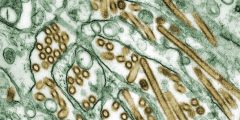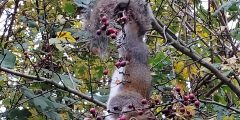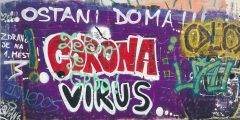Bird flu – then and now
February 17, 2023
Current news about a world-wide bird flu outbreak brought back memories of 2005, dubbed then “The year of bird flu”. In an article I co-authored that year with Christopher Halliday, we noted that “[l]ately, fear of disease has been fuelled yet again by the emergence of a new highly pathogenic virus strain of avian influenza …
Science, communication, politics and power
September 2, 2022
I haven’t written about science communication for a while. It’s a thorny subject. But a few days ago, Ken Rice posted some musings on science communication which made me think. He argues that when ‘we’ (I suppose he means individuals or nations or indeed policy makers) don’t “deal with various societal problems as well as …
Superimmunity
February 11, 2022
From the start of the pandemic in the distant spring of 2020 linguists and communication researchers have kept an eye on language. They observed the emergence of new words, such as ‘covid’ and ‘covidiots’ and the increase in use and understanding of older or jargon words, such as pandemic, coronavirus, lockdown, social distancing, bubbles, and …










